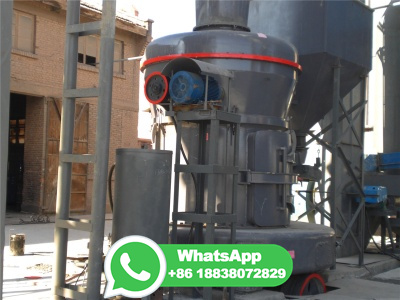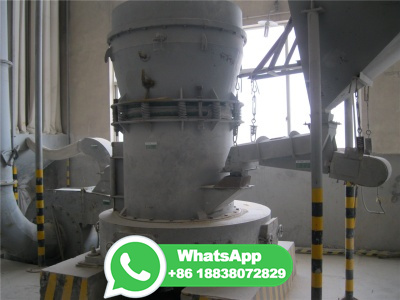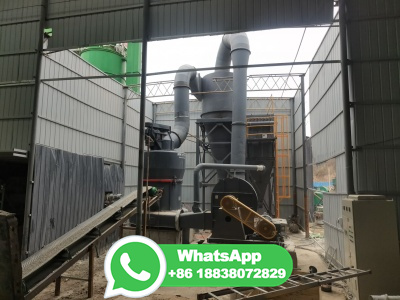Ball Milling an overview | ScienceDirect Topics
Ball milling is a mechanical technique that is broadly used to grind powders into fine particles [134141]. The reactants are generally broken apart using solvent molecules in the traditional method; but in ball milling, reactants are broken by using mechanical forces. The term mechanochemistry has been introduced very recently [142].






















